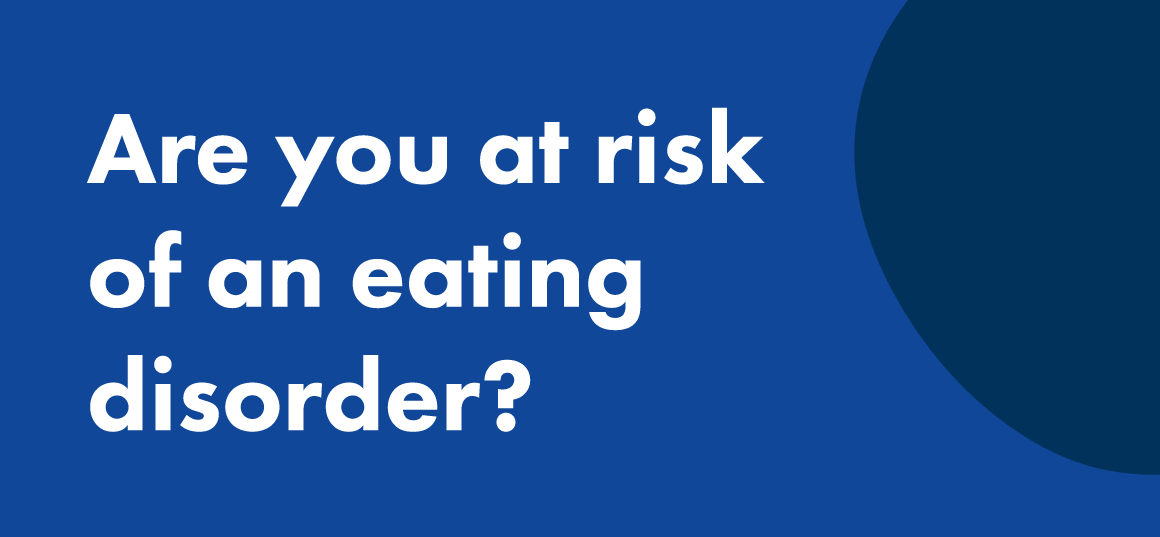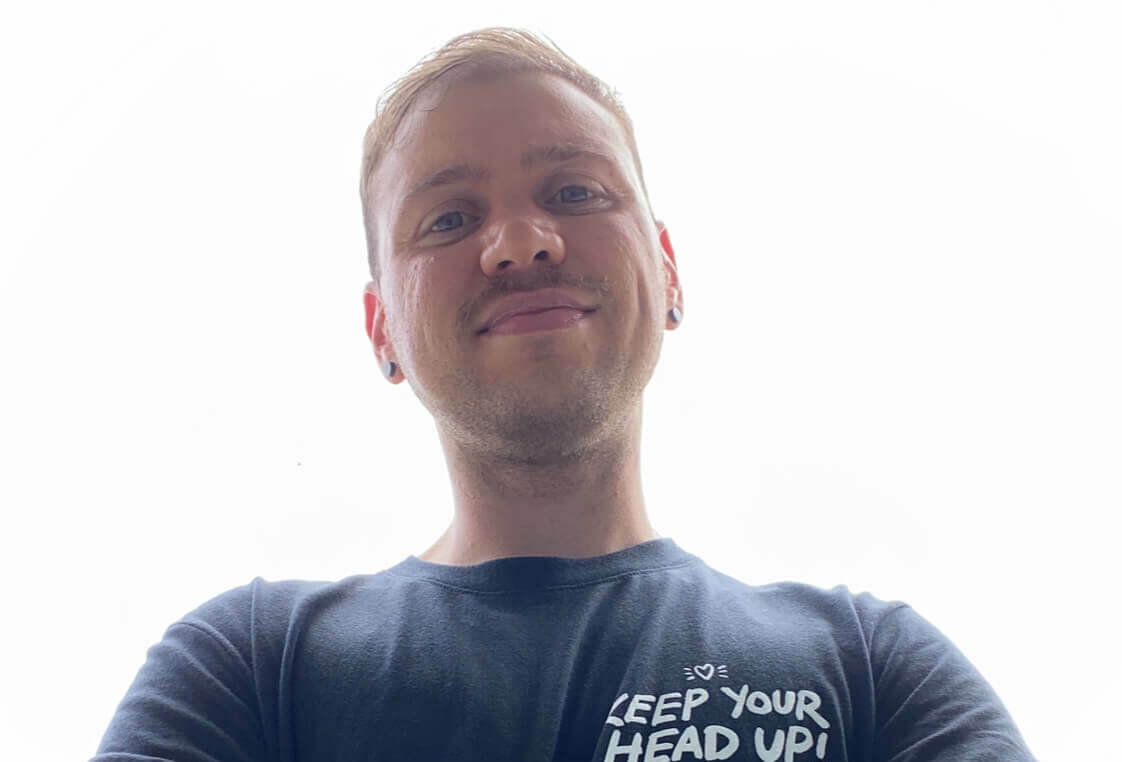Autism and Eating Disorders from the Inside: My Story
From a young age, I felt that there was something different about me, but never had the words to explain how or why. I was highly sensitive. To me, the world felt overwhelming, chaotic, and loud.
I felt both my own emotions, and those of others, with an almost excruciating intensity. I had some friends, but the social world was always associated with a pervasive sense of mystery.
As a child, my early relationship with food felt fairly uncomplicated. Every day, I ate a peanut butter sandwich for lunch at school. I liked the stability of this routine. There were, though, certain foods I refused to eat due to their aversive textures.
There were others I loved due to their particular sensory properties – the crunch of nuts or carrots, for example, felt particularly satisfying. And some foods seemed impossible to stop eating. In the presence of some highly palatable foods, I would eat voraciously. I didn’t realise I was full until I felt nauseous and near to bursting. These episodes were occasional, however, and there was no resulting sense of shame.
From an early age, I liked to categorise things. After being told that a particular food was “good” for me, I wanted to know what other foods fit that category. I also wanted to know which foods were allegedly “bad”.
After some initial feedback, I deduced that my most desired foods had been appointed the label of “bad”. Therefore, if given the choice, I would gleefully request “something that’s bad for me!” I now wonder how this “black and white thinking”, a cognitive trait often associated with autism, may have rendered me more susceptible to internalizing the categorical messaging of diet culture.
My eating behaviour became erratic in early high school.
I had transitioned from a small local primary school of 100 students, to a large high school with over 1000. I was not equipped to manage the complexity of the social demands placed on me, nor the relentless sensory overload. The movement, the clattering, the rustling, the constant chatter. I had no tools to manage the intense and consuming emotions that this environment would provoke.
I barely spoke for much of that first year. I felt alienated, inadequate, lonely and confused. I would return from school as a ball of pent-up energy and emotion. I did not understand what was happening to me. It was at this time that I began to experience daily episodes of detached but frantic eating, terminated only by the physical impossibility of continuing. Food provided a temporary burst of pleasure in an otherwise sparse landscape. It numbed the powerful and overwhelming anxiety I felt, grounding me for just a moment.
By this stage, as a result of growing mistrust in my own perceptions, I was heavily reliant on unambiguous external “rules” to guide my behaviour.
Prolonged and repeated experiences of social rejection left me vulnerable to seeking acceptance by whatever means necessary. I had already received the message from numerous external sources that being in a smaller body was somehow preferable. As my body grew in response to the regular binges, I began to receive negative feedback, and encouragement to alter my body size through dieting.
Many years of restricting and bingeing followed. My fondness for specific rules contributed to a very strict approach to weight loss. A sense of mastery, seemingly unavailable elsewhere, resulted from correctly following the plan. However, the effort required to adhere to this rigid dietary plan only magnified the stress I was already under. I had difficulty regulating my emotions, and dieting removed one of the limited means I had to cope – food. The restriction felt asphyxiating, and I would eventually give in, finding myself unable to stop.
I participated in therapy for over a decade, but my disordered eating behaviours were addressed only superficially.
Preference was instead given to more “pressing” issues, given how poor my mental health was at this time. Because I was undiagnosed, relevant factors driving my distress (i.e., sensory overload, difficulties with emotion regulation and executive function, social rejection, and exhaustion) were not factored into my mental health treatment.
When I finally accessed eating disorder specific therapy, the group setting was an added source of stress. Ironically, access to treatment also necessitated exposure to the same overwhelming stimulus that had contributed to my disordered eating in the first place. I also found that sensory contributors to my eating pathology were not addressed. Advice on intuitive eating was difficult to follow in the absence of reliable interoceptive feedback – I just never seemed to feel “full”.
Further, difficulties with the perception of thirst meant that I often failed to drink fluids throughout the day, with the resulting thirst being interpreted by my body as ravenous hunger. My tendency to revert to eating a single, plain food in times of stress was also interpreted as deliberate restriction, rather than a response to heightened sensory sensitivity.
My diagnosis at age 31 was transformative – the numerous challenges I had faced finally had an explanation.
Through my own deliberate reading, I began to understand why I struggled to experience satiety cues. I finally understood why life transitions seemed so overwhelming, and how these contributed to disordered eating. I became more able to monitor my levels of sensory overload and fatigue, and to set boundaries for my own wellbeing.
I developed a stronger sense of my own identity, became less reliant on the outside world to dictate my behaviour. Crucially, I gained a sense of connection with other autistic people, who understood and validated my experiences. And finally, after more than a decade, I received the tailored psychological support I needed to recover.
I urge my fellow clinicians to educate themselves on the relationship between neurodivergence and eating disorders, and to apply these crucial insights to their important work. Understanding is the foundation of healing.
Some of the things that helped me most throughout my treatment journey included:
- Validation: Having my experiences (of social rejection, occupational failures, victimisation) recognised as traumatic. While this recognition was, in itself, healing, it also allowed me to access appropriate trauma treatment, which has been instrumental in my recovery.
- Sensory self-regulation: It was my therapist who recommended I regularly engage in sensory self-regulation, for example, by using a weighted blanket and various sensory fidgets. I have found this helpful for managing the tendency to turn to food purely as sensory-seeking behaviour.
- Recognizing sensory differences: As I have described in the paragraphs above, eating intuitively may be more difficult for people who lack reliable interoceptive signals. What helped me was nutritional support to understand my nutritional needs, so that I could portion foods appropriately and without restriction.
- Connection: The journey of recovery can be arduous, and having people around who understand helps to ease that burden. Connecting with the autistic community, whether via online groups, local clubs or meet-up groups, can be an invaluable part of recovery.
To anyone out there struggling with an eating disorder, please do not give up hope. Whatever your neurotype or eating disorder subtype, the experience of an eating disorder can be lonely, discouraging, and devastating to your wellbeing. Seek help, and keep on going until you find treatment that works for you. Recovery is possible.
Written by Ruth (she/her)
Ruth is a psychologist, neuropsychology registrar and neurodiversity advocate, with current roles in public mental health and her own private practice. She has also been involved in research investigating the relationship between sensory processing differences and eating disorders. She is proudly auDHD (a term referring to those with diagnoses of both autism and ADHD), and believes that treatment of eating disorders should be guided by an understanding of the relationship between neurodivergence and eating behaviours. In her spare time, she loves cycling, reading, and making light of human behaviour through cartooning.
Get support
- Butterfly National Helpline – for support with eating disorders or body image concerns, connect with Butterfly’s National Helpline 7 days a week, 8am-midnight (AEDT). Call 1800 ED HOPE (1800 33 4673), chat online or email support@butterfly.org.au
- Eating Disorders Neurodiversity Australia (EDNA) – EDNA is a neurodivergent-led organisation focused on building neurodiversity-affirming, accessible, and inclusive eating disorder healthcare. EDNA offers online peer support dedicated to supporting neurodivergent people with lived or living experience of an eating disorder find a sense of community and belonging.
- Autism Connect – a free, national autism helpline, providing independent and expert information over phone, email and webchat. Call 1300 308 699, email or chat online, Monday-Friday, 8am-7pm.
- The Autistic Realm Australia (TARA) – TARA aims to improve the lives of all Autistic people through empowering, facilitating connections, and educating those who support autistic people by sharing lived experience and being visible.
Further reading
- More information about autism and eating disorders
- Eating Disorders and Neurodivergence: A Stepped Care Approach – research and lived experience evidence regarding the prevention, early identification and treatment of eating disorders and disordered eating for neurodivergent people.
- Autism, eating disorders and me – Melanie’s story
- Autism, eating disorders and body image: through the lens of sensory processing – Laurence’s story
- Anorexia’s link to autism, explained






















